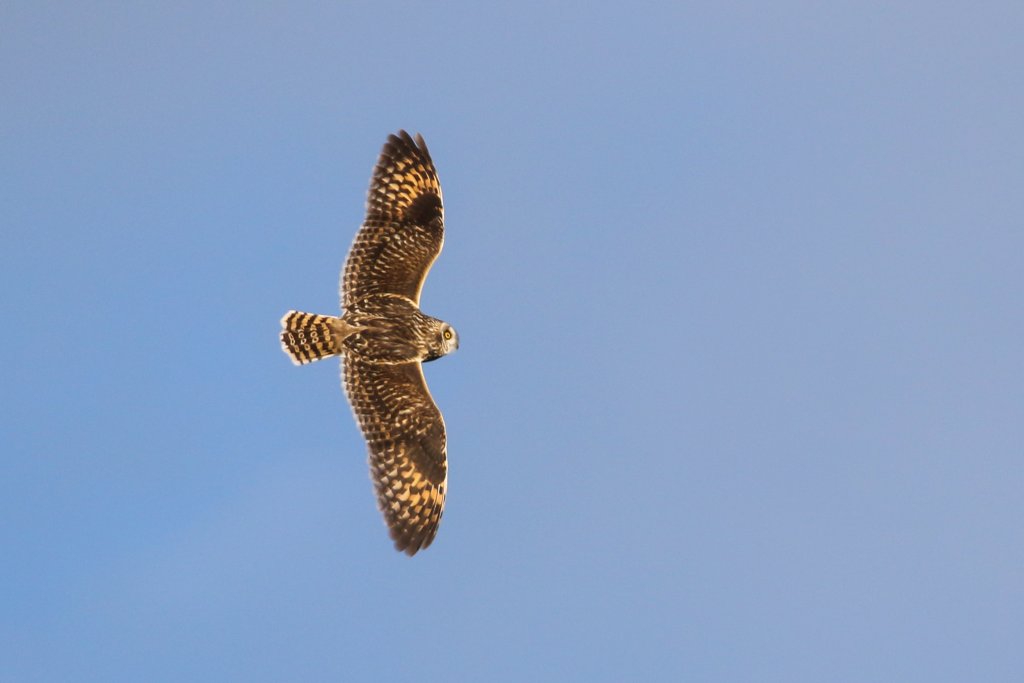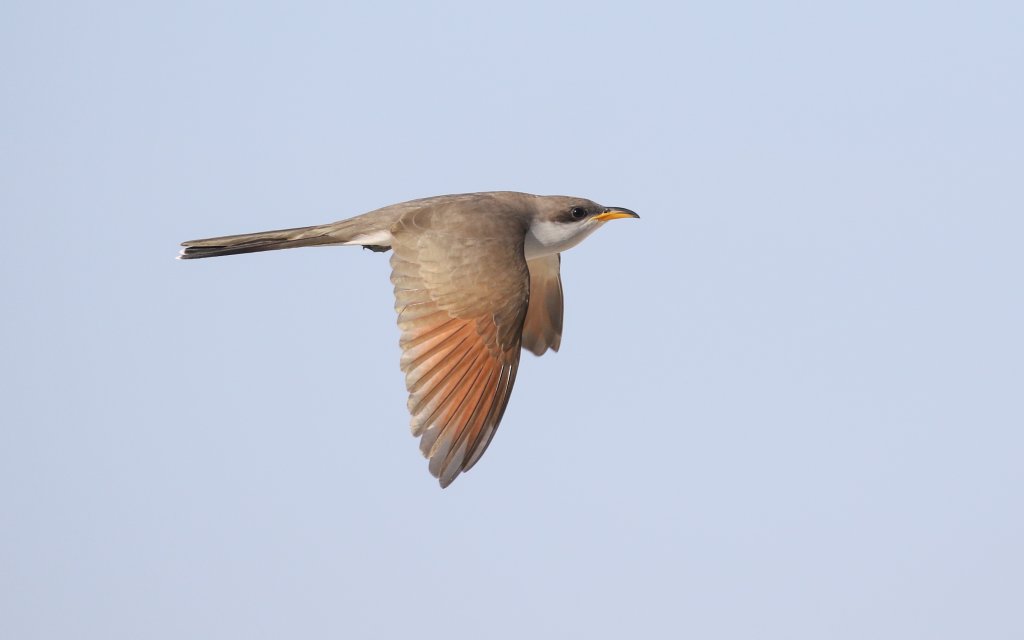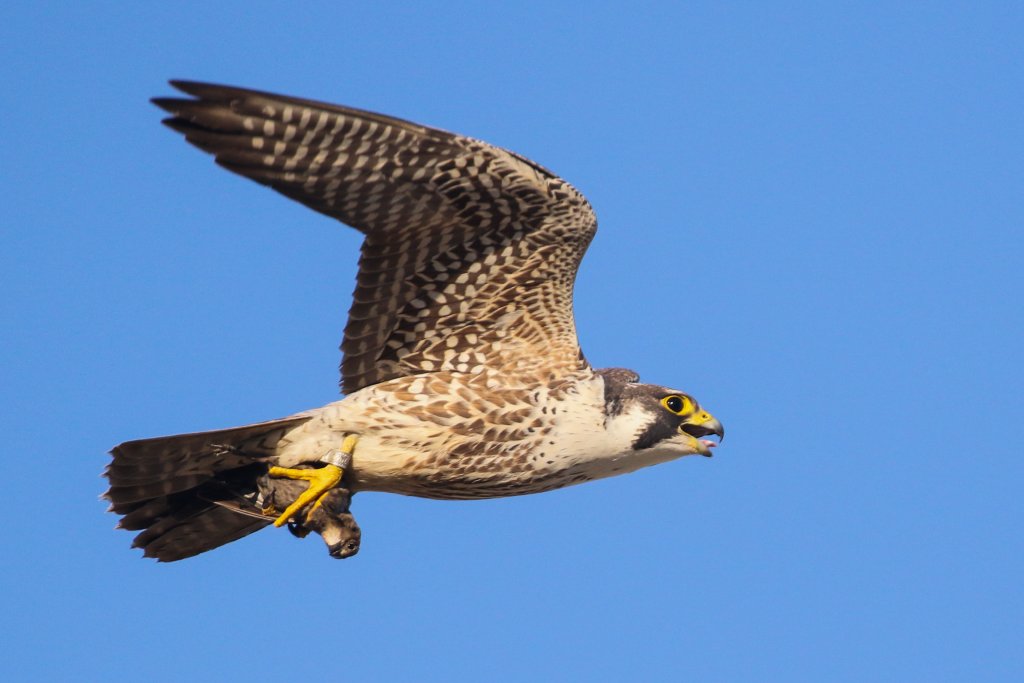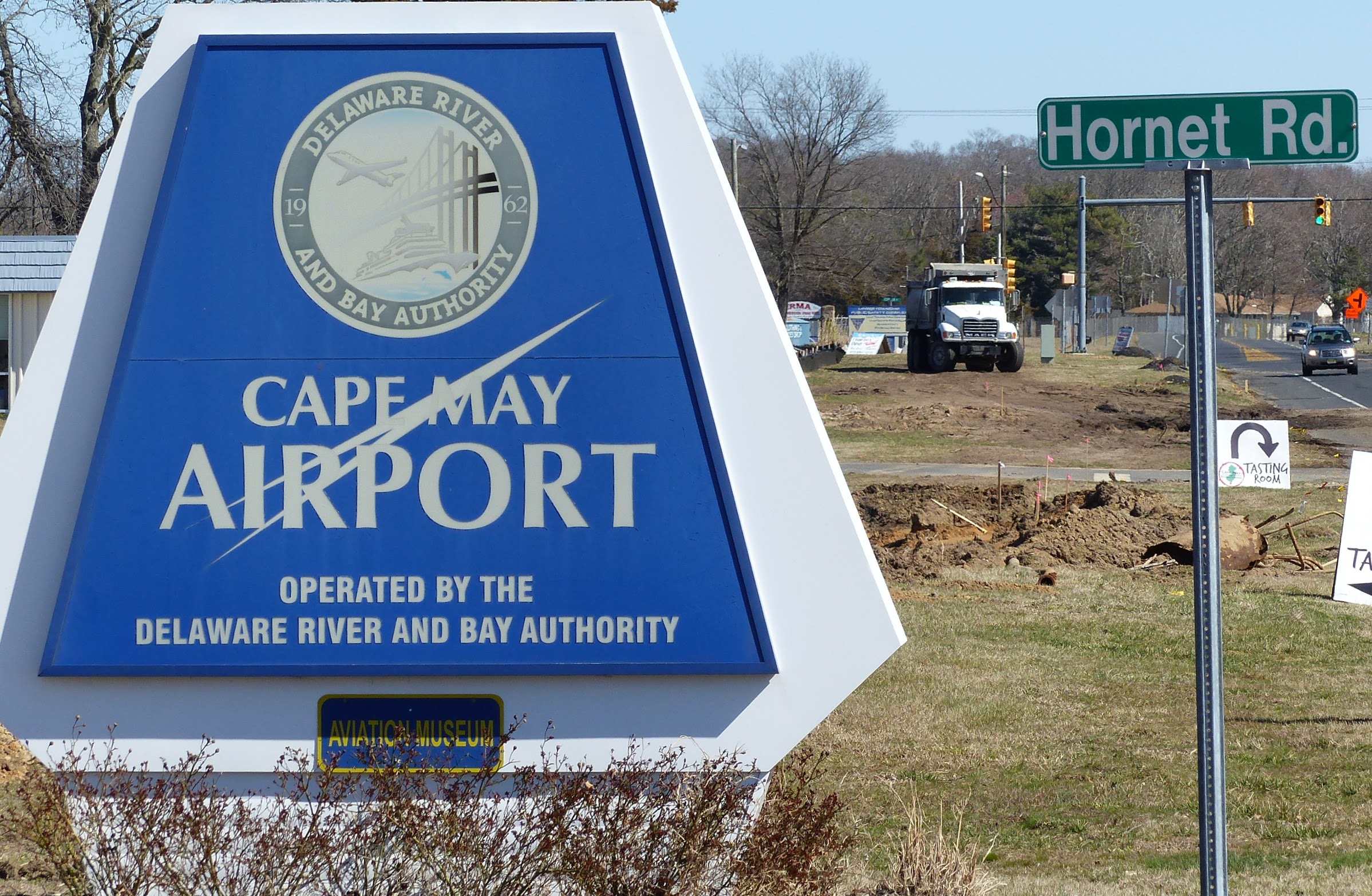Cape May, Naturally is a bi-weekly birding column written by the New Jersey Audubon for the Herald.
Cape May County’s fame as a bird migration hotspot has grown steadily over the years, largely the product of spectacular mass movements of songbirds, birds of prey, and waterbirds that fill sea and sky on many an autumn day.
The spectacles and pageantry have attracted admirers from around the world. However, given Cape May’s not-so-north, not-so-south position on the Eastern Seaboard, and its peninsular shape that magnifies even the slightest of animal movements, it can be argued that some sort of migration occurs every single day of the year here. As a bird observatory, it’s our responsibility to keep tabs on the area’s birds in all seasons—not just the best one!

In the late 2000s, a group of local birders and naturalists began to ponder some of the Cape’s springtime migration mysteries. They gathered on dune-top platforms around Cape May Point to record the March movements of Northern Gannets and other seabirds, lingered into April to greet the first returning shorebirds and songbirds racing in from Central and South America, and occasionally ventured out on warm May mornings to bat away gnats and mosquitos while seeking out wayward vagrants from the South and West.
Over the years, this effort increased in hours and focus, eventually resulting in a full-season tabulation that spanned the months of March, April, and May. In 2019, the Cape May Bird Observatory formally adopted this grassroots effort as its newest long-term monitoring program, joining the ranks of the long-running autumn counts, which are the Cape May Hawkwatch, Avalon Seawatch, Higbee Beach Morning Flight, and our popular Monarch Monitoring Project, all of which have each existed for multiple decades.

What have we discovered about spring so far? In an average season, about a quarter-million birds representing 200 species are recorded during the count, which operates for six hours a day, beginning at sunrise, seven days a week. We have seen a steady rise in some traditionally southern species, like White Ibis, while we have seen progressively fewer individuals of hardy, northern species. The latter may be benefitting from recent mild winters, so they are not forced as far south as Cape May Point to find resources.
A staff of three is responsible for all the counting, with help from many of the same volunteers who helped get the project off the ground over a decade ago. Ours is one of very few springtime projects of its kind in North America and over time the data collected will tell us an awful lot about changes in the timing of migration and about the sizes of bird populations that utilize Cape May on their northward journeys.
The 2024 season is just around the corner, and we’re eager to see what surprises and spectacles are in store for our field staff this spring. We’re grateful to everyone who continues to make this important work possible in 2024, particularly Larry & Judy Winne, Kowa Sporting Optics, and our continuing partnership with the Borough of Cape May Point.









